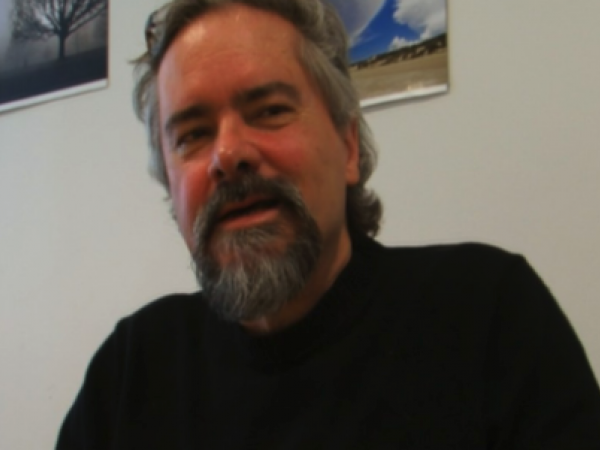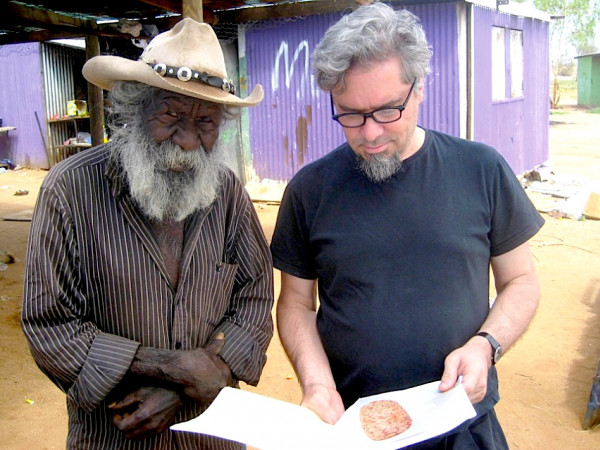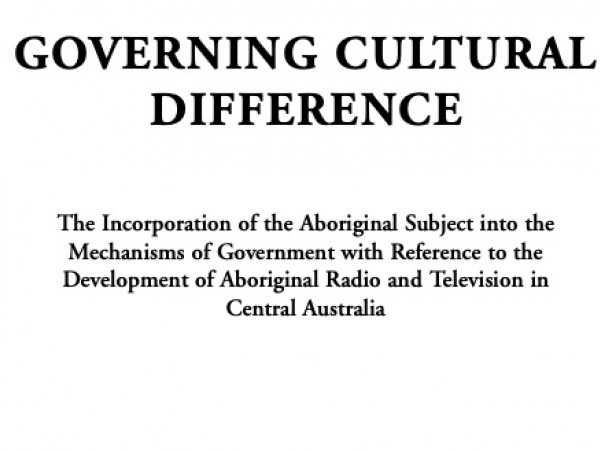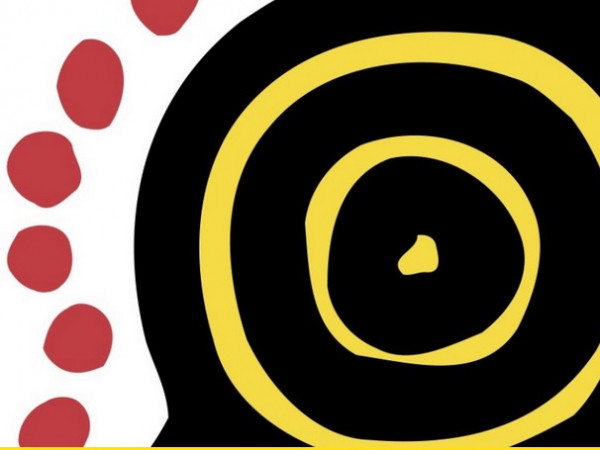Philip Batty
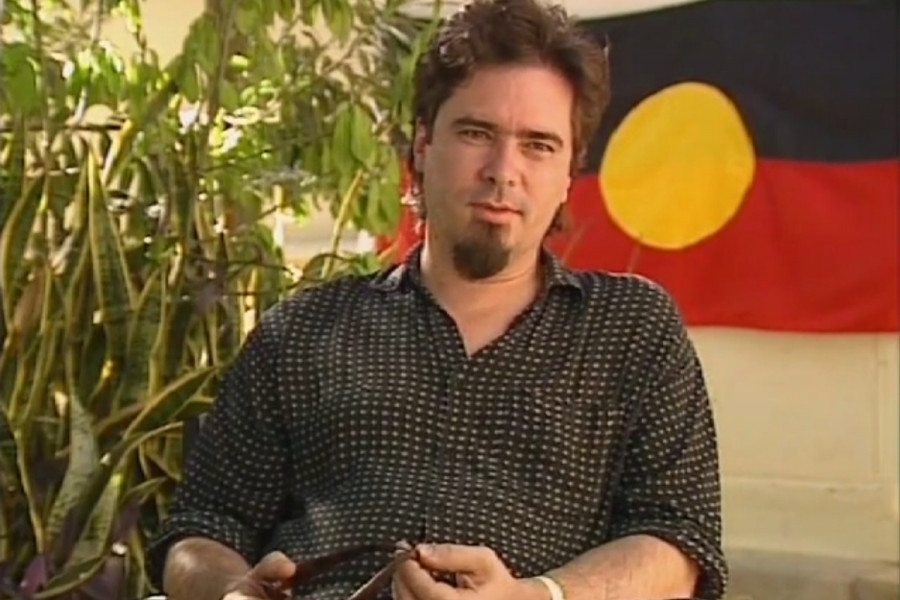
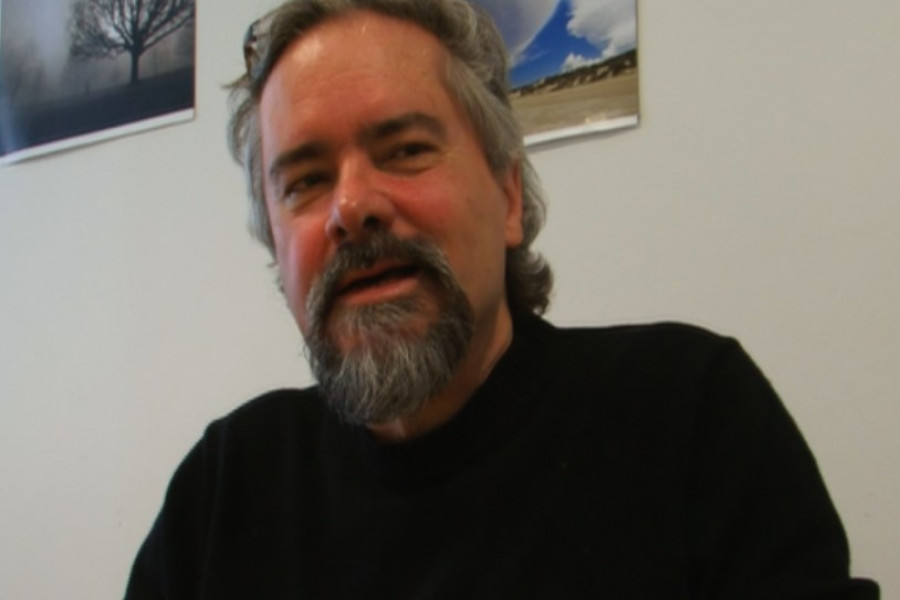
Dr Philip Batty co-founded and jointly managed the Central Australian Aboriginal Media Association, CAAMA from 1980-1991. Under his joint management, CAAMA established the first Aboriginal radio and satellite television services in Australia. From 1991 to 1993 he was the Director of the National Aboriginal Cultural Institute. He has produced a number of television documentaries, contributed to a wide range of published anthologies and curated several exhibitions in Australia and internationally. He has been the recipient of numerous awards including a Churchill Fellowship (1984) Northern Territory History Award (1992) UNESCO McLuhan-Teleglobe Media Award (1994) Australian Screen Directors Association's Cecil Homes Award (1997) and Broadcasting Association of Australia's Michael Law Award (2000). After completing a PhD based on his work at CAAMA, he was appointed Senior Curator, Melbourne Museum, Australia.
His interview was recorded at the Melbourne Museum in November, 2011.
'The most powerful tool ever handed to Aboriginal people?' (interview with full transcript & links here)
"…my interest in the development of an Aboriginal media started…"
"One of the other things that really got me going…"
"I started working with John Macumba…"
"What happened in the end…"
"…we went before the the Australian Broadcasting Tribunal hearing…"
"So anyway…we went ahead with it…"
"And it just came to a head…"
"…the people on the Imparja board were from urban Alice Springs…"
"Well looking back on what Eric was writing…"
"… yeah, as I said I think - and I still believe…"
At the time of his interview for the programme Philip was the Deputy Director of CAAMA.
The instrument we have in our hands, I think is the most powerful instrument Aboriginal people have ever been handed, in terms of maintaining Aboriginal culture and languages, ever.
Community control, local control, is extremely important, it’s fundamental. And to actually facilitate real local control and real access by people you have to have some kind of management, or some kind of instrumentation, that allows that to happen.
Yeah, the original idea was to basically produce television programming here in Alice Springs, and have it re-broadcast through the local ABC transmitter. The Federal Government announced, before actually CAAMA was in existence, that there would be a national satellite. One of the main motivations was actually to get access to the satellite or utilise the satellite in some way that would be relevant and purposeful to Aboriginal communities in the remote areas of Australia. We had an arrangement with the ABC whereby we would produce a programme here every week, called Urrpeye, and the programme was sent down to Sydney after it was completed, and was actually broadcast from Sydney at about 11.30, 12 at night…But I think they could see that they were opening up a Pandora’s Box: if they allowed CAAMA to continue with this, every other Aboriginal media organisation in the country would want to access ABC TV transmitters. We were only after limited access for radio and television services. Unfortunately, the powers that were at the time in Federal Government didn’t really take much notice of smaller users, including ourselves, so that in the end the only thing we could actually do, was to apply for the full commercial television license that was made available.
Immediately, when we announced we were going to go for the license, we got an enormous amount of support from the Aboriginal communities in Northern Territory and Southern Australia – because most at that point felt that unrestricted commercial TV going into Aboriginal communities would have a detrimental effect on language, culture and all that.
The Broadcasting Tribunal felt we had a very, very good case for programming. They said that both applicants – Channel 8 and CAAMA – qualified for the license, but on balance and with particular regard to CAAMA’s proposals for Aboriginal programming, we won the license.
Anyway, yeah, we got on with the business of setting up the station, and it was set up in less than 12 months, it was on air.
Perhaps we could have gone another way, but I mean, as I say, you can’t always get what you want.
When you have a situation where you can buy the top-rating television programme in Australia for a very small amount of money, or the time on that programme to any advertiser – when you compare that to a half-hour television programme on…with Aboriginal languages costing $10-20,000, and no-one wants to buy advertising on it, you can see that we have a difficult time actually trying to turn, turn the advertising dollar over, and at the same time meeting our…social obligations.

